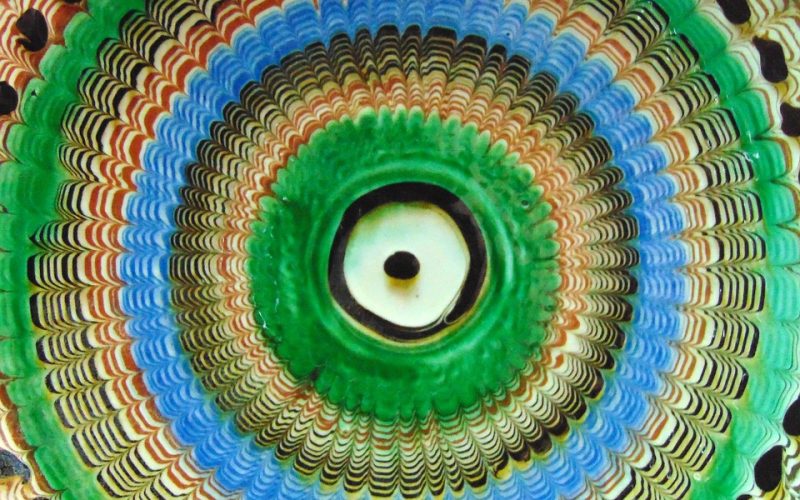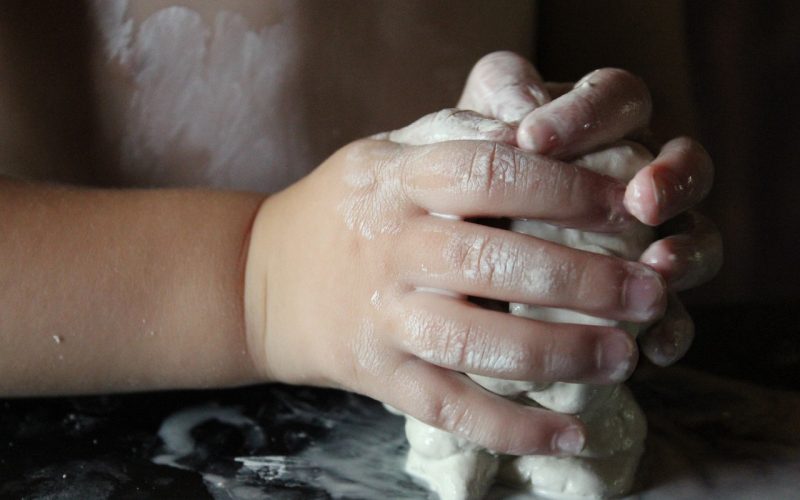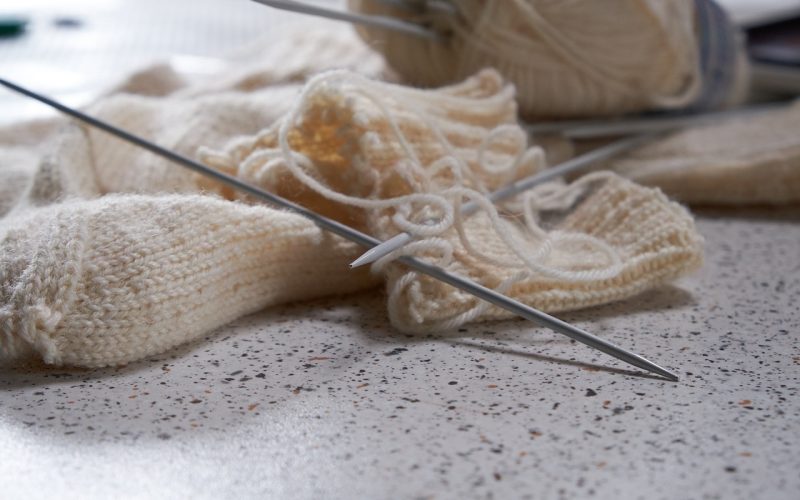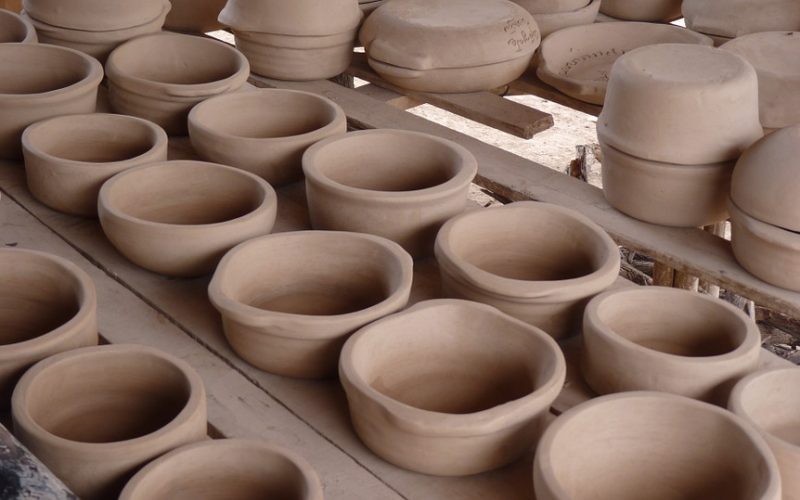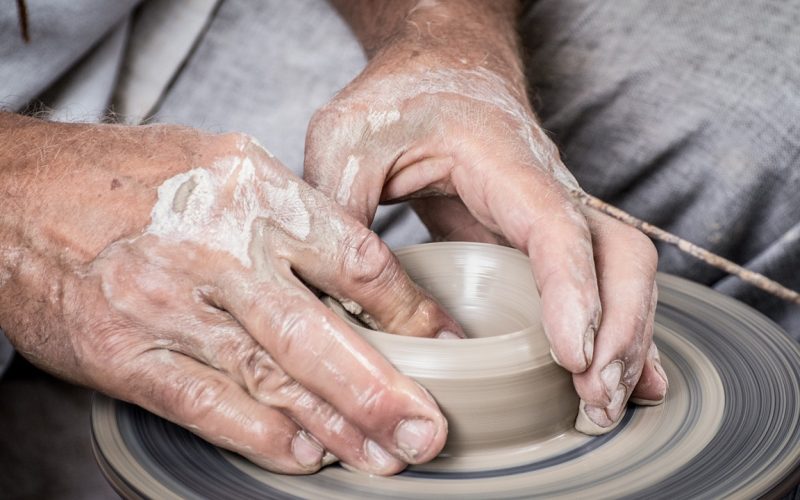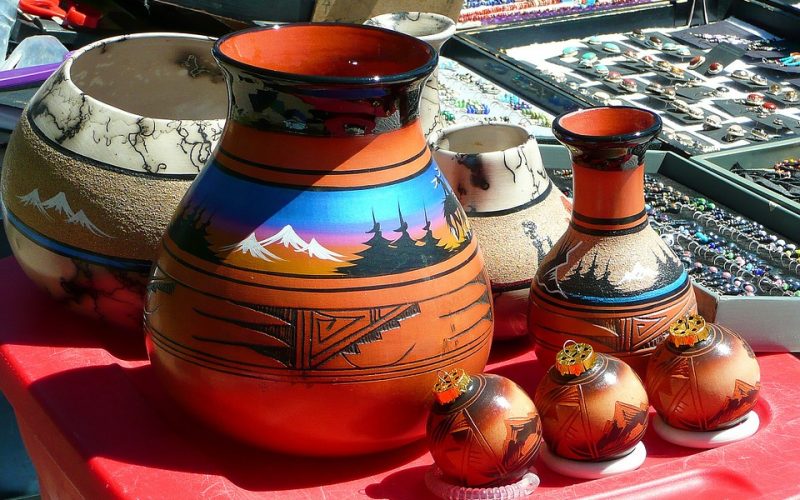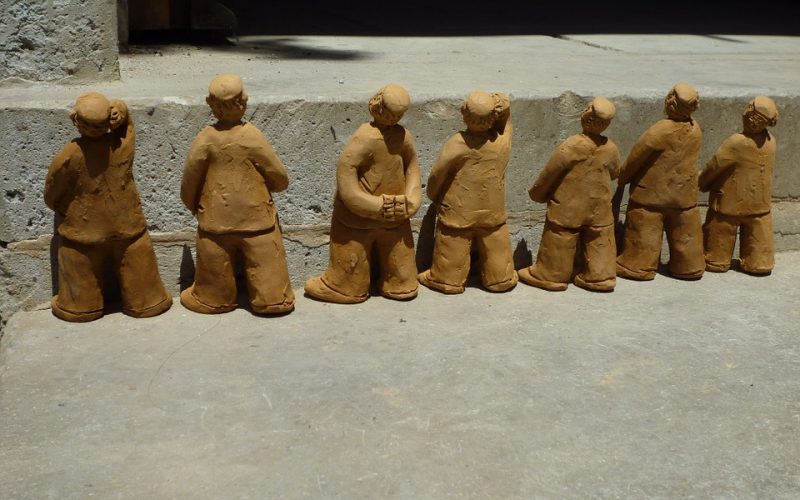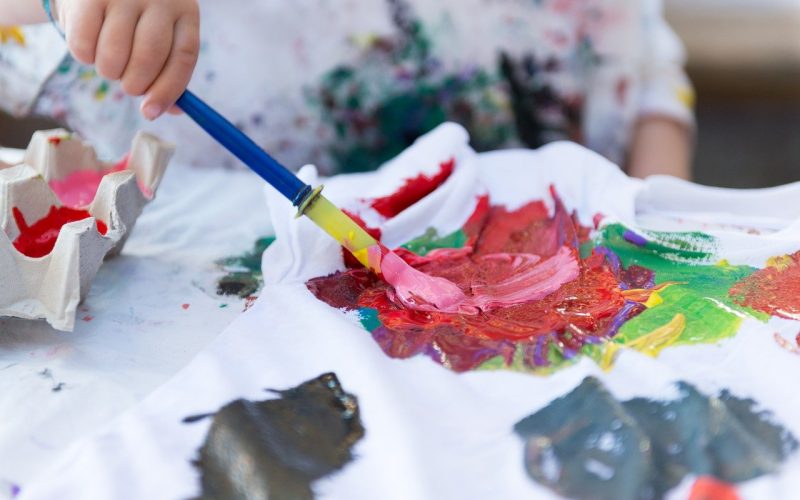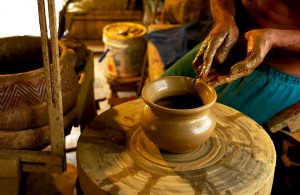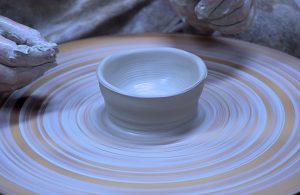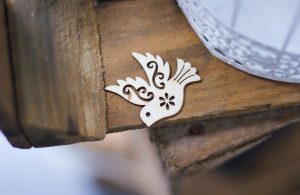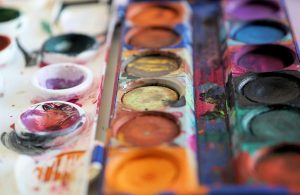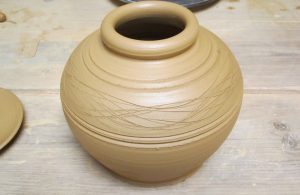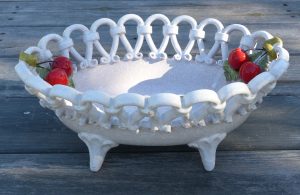Adding Texture to Pottery
When a pottery piece is created by hand or on a wheel, the surface is generally smooth. The artist can leave it that way, or they can paint it with various stains and paints made specifically for pottery. If they are interested in having a piece with more character, introducing texture into it is done before the piece goes through the drying process and is fired in the kiln for the first time. There are several ways to create texture.
There are no hard rules of how to add texture to pottery pieces, and it is up to the person who creates it to decide how it will be done. Some ancient methods call for pressing natural objects into the clay such as sticks or leaves, and a pattern is often formed as the indentations are done across the entire piece. Some potters want more complex patterns, and they might use rope to make an impression.
Creating complex patterns by hand takes skill, but pottery is very forgiving at this stage. A sharpened piece of wood or metal, pressed just deep enough to make an indentation is one way to add texture. Some people do not have much experience, so they might choose to use a stamp on their piece. It will give them the same effect, but each indentation will be identical. There is less character, but there are fewer mistakes to rub out and do over.
No matter how the potter chooses to introduce their texture, they must be careful not to use too much pressure. The softness of the piece is part of the challenge, and its overall shape can be damaged if it is pressed incorrectly when creating the design. It takes experience to be able to add texture, but it is a process that will help make an original piece even more unique.
